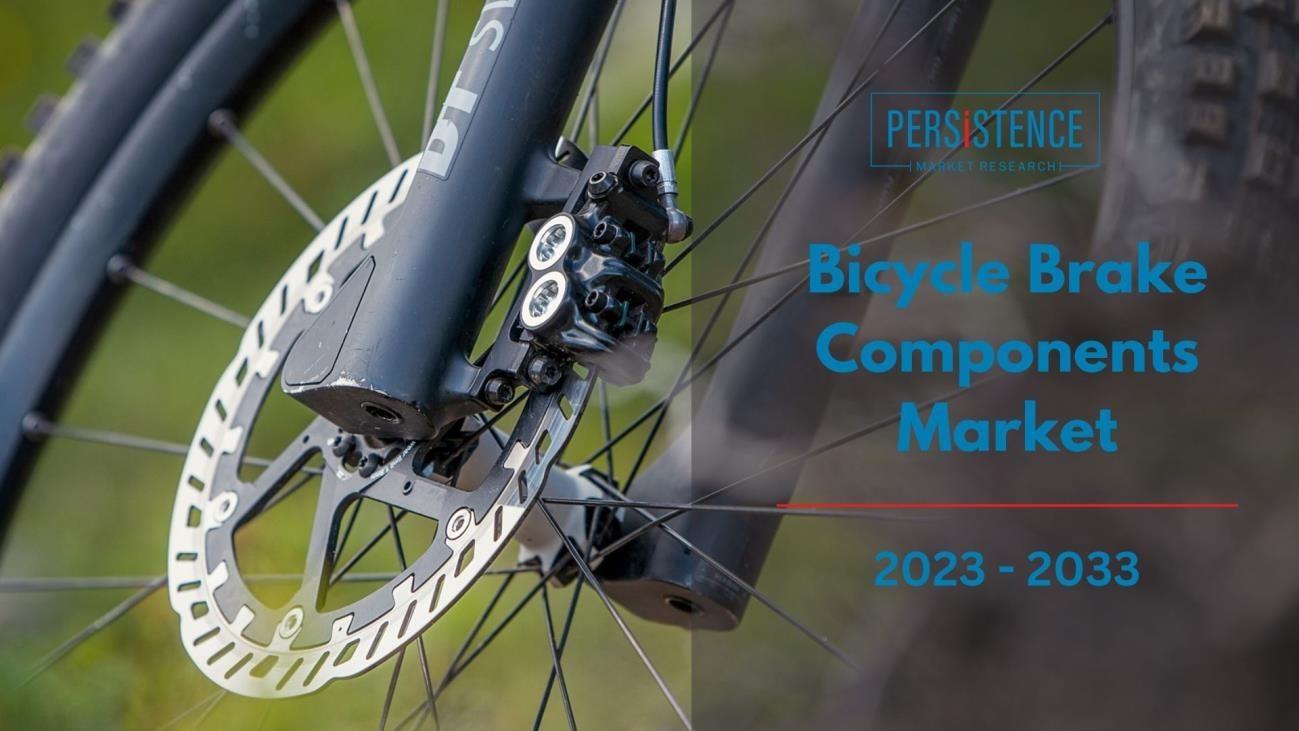Market Overview: Bicycle Brake Components Market
Bicycle brake components are integral parts of bicycles, ensuring safety and control for riders. The global bicycle brake components market showcases steady growth, fueled by increasing bicycle adoption for commuting, fitness, and recreational purposes. According to Persistence Market Research's projections, the bicycle brake components market is anticipated to grow at a CAGR of 7%, expanding from a valuation of $5.9 billion in 2023 to an estimated $11.7 billion by 2033.

Market Drivers:
1.Rising Bicycle Adoption: The growing popularity of cycling as a sustainable mode of transportation and leisure activity drives the demand for bicycle brake components. Urbanization, environmental concerns, and health-conscious lifestyles contribute to increased bicycle usage worldwide.
2.Focus on Safety and Performance: Safety concerns and the importance of efficient braking systems propel the demand for high-quality brake components. Manufacturers innovate to enhance braking performance, reliability, and durability, catering to the safety-conscious preferences of cyclists.
3.Technological Advancements: Technological innovations such as hydraulic disc brakes, electronic braking systems, and lightweight materials revolutionize bicycle brake components. Advanced braking technologies offer improved modulation, precision, and responsiveness, enhancing the riding experience and driving market growth.
Market Restraints:
1. Price Sensitivity: Price sensitivity among consumers, particularly in emerging markets, poses challenges for premium bicycle brake component adoption. Cost-conscious consumers may opt for
lower-priced alternatives or prioritize other bicycle accessories over brake upgrades, impacting market growth.
2.Compatibility Issues: Compatibility concerns between bicycle frames, wheels, and brake systems hinder aftermarket brake component sales. Incompatibility issues may arise due to varying standards, specifications, and designs across bicycle brands and models, limiting market expansion.
3.Regulatory Compliance: Stringent regulatory standards and certification requirements for bicycle brake components add complexity and compliance costs for manufacturers. Adhering to safety regulations, performance standards, and quality certifications necessitates investments in testing, research, and development, affecting market dynamics.
Market Opportunities:
4.Urban Mobility Solutions: The rise of urbanization and the demand for sustainable transportation solutions present opportunities for bicycle brake component manufacturers. Collaborations with urban mobility initiatives, bike-sharing programs, and e-bike manufacturers can drive market penetration in urban markets.
5.E-commerce Expansion: The proliferation of e-commerce platforms offers avenues for bicycle brake component sales, reaching a broader audience and catering to diverse consumer preferences. Online retail channels provide convenience, accessibility, and product customization options, driving market growth.
6.Innovation in Materials and Design: Innovation in lightweight materials, aerodynamic designs, and integrated braking solutions offer opportunities for differentiation and market expansion. Manufacturers can capitalize on consumer preferences for high-performance, aesthetically pleasing brake components to drive product innovation.
Read More: https://www.persistencemarketresearch.com/market-research/bicycle-brakecomponents-market.asp
Market Segmentations: By Brake Type:
Rim Brakes
Disc Brakes
Drum Brakes
Coaster Brakes
Others By Bicycle Type:
Road Bikes
Mountai
n Bikes
Hybrid Bikes
